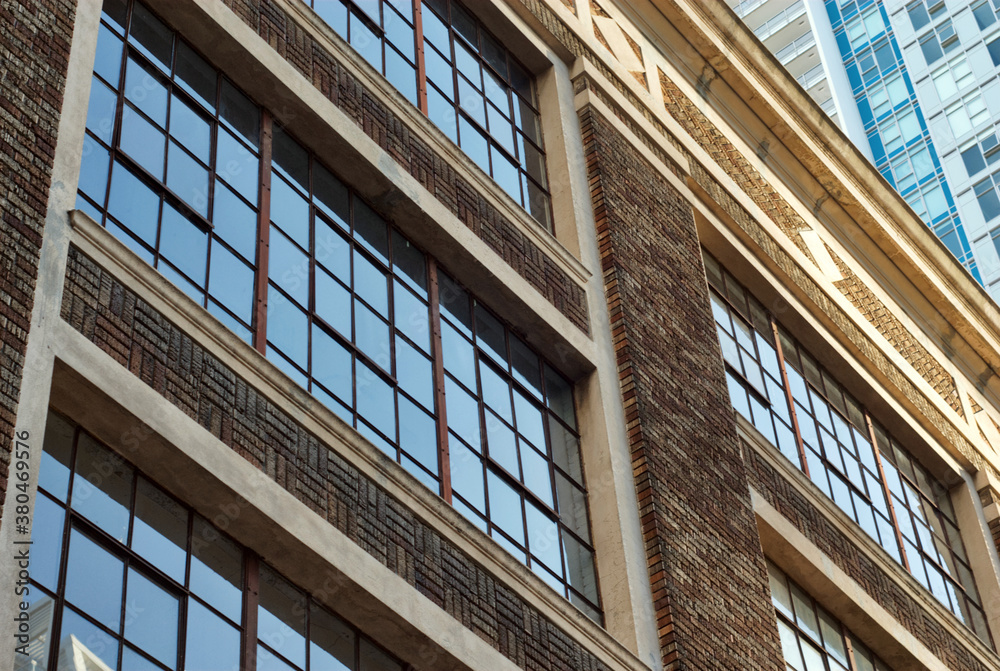With the construction industry focusing on reducing its carbon footprint, talk of retrofitting older buildings to make them more energy efficient is on the rise. According to data released in a report by the Construction Leadership Council, homes are responsible for 35% of the UK’s total energy consumption and 20% of its carbon emissions. Thus, if we are to reach the net-zero targets set by the government, older buildings will have to be retrofitted to improve their energy efficiency.
Read on to learn more about the concept of retrofitting and its benefits.
What is retrofitting?
Retrofitting is an integrated approach that transforms the design, installation and customer care of the various technical systems of a building to drive down its energy and water needs. By retrofitting homes across the UK, the industry can take a major step towards achieving the government’s net-zero goals.
One of the major ways to reduce the energy consumption of homes is to improve the thermal efficiency of balconies. For instance, in certain older buildings that have cantilever balcony connections, the thermal conductivity is high, which results in a broken insulation layer that projects through the building envelope. This causes the building to lose heat easily, meaning that it needs more energy to maintain the indoor temperature. In such cases, retrofitting the balconies will improve the building’s overall thermal performance.
Benefits of Retrofitting
Retrofitting has three main benefits:
- Economic
The economic benefits of retrofit improvements will be massive. The repair, maintenance and improvement (RMI) sector represents a third of all UK construction output and the retrofit strategy stands to boost existing firms, especially small and medium-sized enterprises (SMEs) and their supply chains. It will also create higher-skilled jobs in the industry and could potentially require an extended labour force performing various high-value roles to help the industry and the economy deal with the rising need for retrofit improvements.
- Social
Socially, the retrofit strategy will benefit all residents as it will lower energy bills and lead to better air quality, acoustics, lighting and safety. Retrofit improvements will also increase the overall value of properties – making buildings safer, more efficient to run and more enjoyable places to live.
- Environmental
The retrofit strategy will be instrumental in reducing the UK’s carbon footprint and positioning the UK as a global leader in the low-carbon economy. Improving the thermal bridging of existing buildings will mean that they require less energy for winter heating. Updating older buildings’ technical systems will also mean less energy being used to heat water for kitchens and bathrooms, which currently accounts for 10% of home energy bills.
To make up for the progress lost during the COVID lockdowns, the UN Secretary General has set six climate-positive actions for governments to take. One of these is investing in green transition and creating green jobs, so the retrofit strategy is an ideal way of helping the government meet this requirement.
Maximising the Impact from Retrofitting
To ensure that you get the most out of retrofit improvements, it is best to work with an experienced design team. This is because retrofit projects have various restrictions and carrying out such renovations can sometimes require specific products and even customised solutions and designs. A design team with specific retrofitting expertise can guide you and offer extensive technical support.
Need a consultation for a balcony retrofit project? The MyDek team can offer experienced, unbiased and pragmatic advise. Why not reach out and speak to our experienced team for a no obligation consultation?

